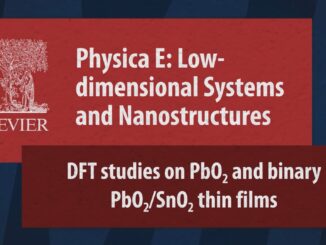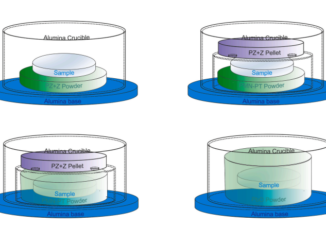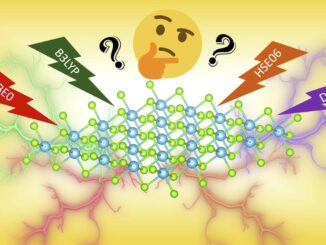
Graphene oxide-safranin modified@polyacrylonitrile membranes for water purification: Reuse and mechanism based on theoretical calculations and XPS analysis
Abstract: The difficulty in metabolizing and degrading complex dyes containing three or more aromatic rings ascends new alternatives in the treatment of colored water, including adsorption. Despite advances in this area, the adsorption of complex dyes has been little reported. In this work, polyacrylonitrile membranes incorporated with graphene oxide functionalized with safranin dye (hPAN@GO-SF) were applied to remove the complex cationic dyes basic blue 7 (BB7) and basic brown 4 (BB4), and the anionic direct black 22 (DB22) from water. The advantage of using nanoadsorbents immobilized on polymeric membranes is their easy removal after adsorption. Under the best conditions established for dye removal, high adsorption capacities of 1143/1035, 873/799 and 205/148 mg·g−1 were achieved for BB4, BB7 and DB22 in the single and saline system, respectively. Henry and Temkin’s isothermal models best fitted equilibrium experimental data of dyes in single and saline systems, respectively, while the kinetic model of intraparticle diffusion fitted well the empirical data in both systems. Furthermore, hPAN@GO-SF can be used for five consecutive cycles without loss of efficiency for the BB7 dye. Theoretical calculations and post-adsorbed membrane analyses showed that the adsorbent/adsorbate interactions are based on H-bonding, π-π and electrostatic interactions.
Author(s): Neves, T. d. F.; Camparotto, N. G.; Briao, G. d. V.; Mastelaro, V. R.; Dantas, R. F.; Vieira, M. G. A.; Prediger, P.
Journal of Water Process Engineering
Published: December 2022, Volume 50, 103248
DOI: https://doi.org/10.1016/j.jwpe.2022.103248
CDMF
The CDMF, hosted at the Federal University of São Carlos (UFSCar), is one of the Research, Innovation and Dissemination Centers (RIDC) supported by the São Paulo State Research Support Foundation (Fapesp), and also receives investment from the National Council Scientific and Technological Development (CNPq), from the National Institute of Science and Technology of Materials in Nanotechnology (INCTMN).




